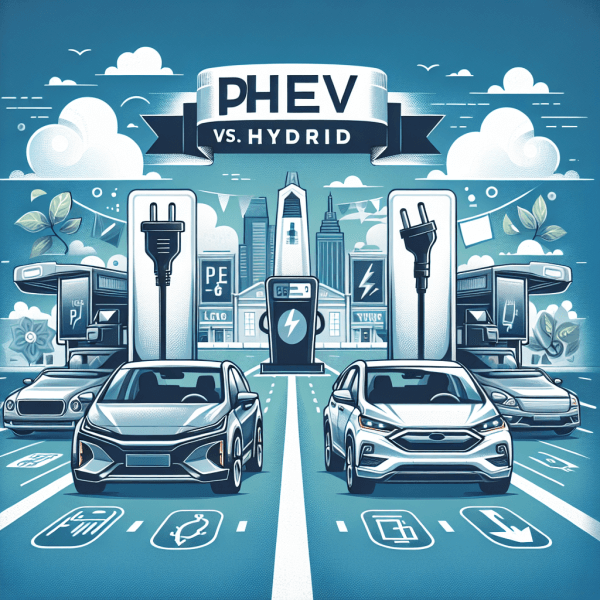The automobile industry has seen a significant shift towards environmentally friendly and energy-efficient vehicles. Among these innovations are hybrid and plug-in hybrid electric vehicles (PHEVs). While both terms are often used interchangeably, they represent different technological concepts and principles. Understanding these differences is crucial for consumers, policymakers, and industry stakeholders alike.
Definition of Hybrid Vehicles
Hybrid vehicles, commonly referred to as "hybrids," are equipped with both an internal combustion engine (ICE) and an electric motor. The electric motor is powered by a battery that is charged through regenerative braking and the internal combustion engine itself.
Types of Hybrid Vehicles
There are various types of hybrid vehicles, which can broadly be categorized into:
- Full Hybrid: Operates primarily with the electric motor but can switch to the internal combustion engine when necessary. An example is the Toyota Prius.
- Mild Hybrid: The electric motor assists the internal combustion engine but cannot drive the vehicle independently. An example is the Honda Insight.
Definition of PHEV
PHEV stands for Plug-in Hybrid Electric Vehicle. Similar to traditional hybrids, PHEVs combine an internal combustion engine and an electric motor. However, they have larger batteries that can be charged by plugging them into an external source of electricity. This enables PHEVs to run on electricity alone for a more extended range than traditional hybrids.
Key Features of PHEVs
- Extended Electric Range: PHEVs can generally travel between 20 to 50 miles (or more) on electric power alone before the internal combustion engine kicks in. For instance, the Chevrolet Volt has an electric-only range of around 53 miles.
- Recharging Capability: PHEVs can be charged using a standard home outlet or a dedicated charging station, making them more versatile in terms of energy sources.

Comparative Analysis of Hybrid vs. PHEV
Charging Methods
While traditional hybrids rely solely on regenerative braking and the combustion engine to charge their batteries, PHEVs can be plugged in for external charging. This difference impacts the overall efficiency and energy usage of the vehicles.
Environmental Impact
PHEVs can have a greater environmental benefit compared to traditional hybrids, especially if charged from renewable energy sources. The ability to operate solely on electricity reduces greenhouse gas emissions significantly during short trips.
Performance and Driving Experience
Hybrid vehicles tend to have less range in electric-only mode compared to PHEVs. This difference can affect driving behavior; hybrids may require the internal combustion engine more frequently, thereby producing more emissions during short trips.
Example Usage in Sentences
To illustrate the practical differences between a hybrid and a PHEV, consider the following examples:
"I decided to purchase a hybrid vehicle because it offers excellent fuel efficiency without needing to plug it in." - describes the appeal and convenience of a conventional hybrid.
"Given my daily commute of 30 miles, a PHEV like the Toyota RAV4 Prime fits my needs perfectly since I can drive on electric power for most of my trips." - highlights the advantages of a PHEV for those with specific commuting distances.
Conclusion
In summary, both hybrids and PHEVs contribute to reducing fuel consumption and lowering emissions, but they do so in different ways. Hybrids are well-suited for drivers who appreciate convenience and do not want to deal with the added step of charging. PHEVs, on the other hand, are ideal for eco-conscious individuals who can leverage electric power for most of their driving. Understanding these differences allows consumers to make more informed decisions when choosing an environmentally friendly vehicle.








Have a discussion about this article with the community:
Report Comment
We're doing our best to make sure our content is useful, accurate and safe.
If by any chance you spot an inappropriate comment while navigating through our website please use this form to let us know, and we'll take care of it shortly.
Attachment
You need to be logged in to favorite.
Log In